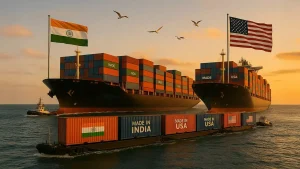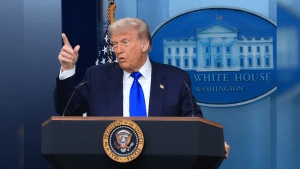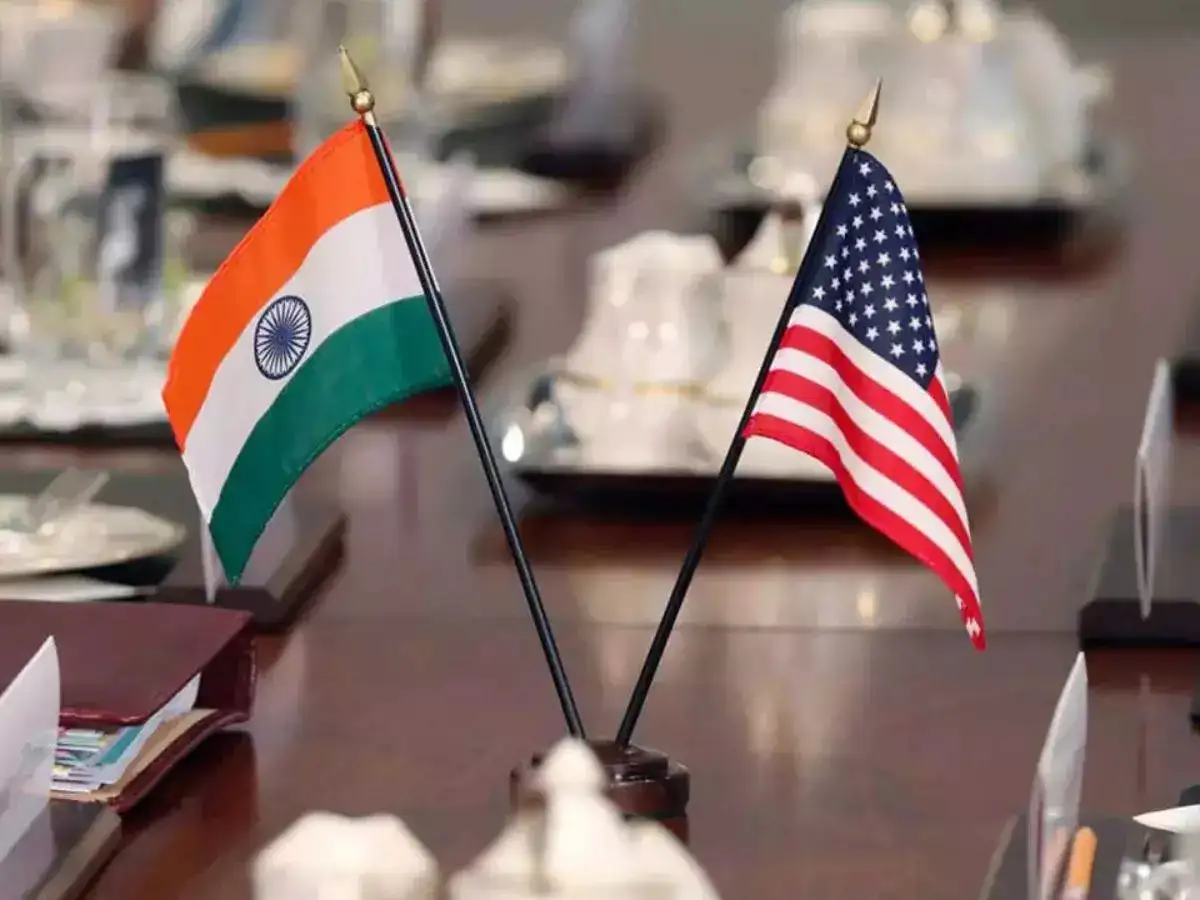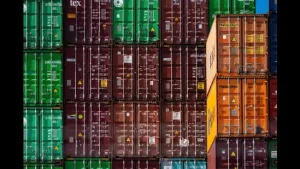New Delhi – The India US Trade Deal has reached a pivotal moment as negotiators prepare for crucial discussions in Washington, with agriculture tariffs emerging as the primary obstacle. The United States has demanded significant reductions in Indian agricultural import duties, presenting challenges that could determine the future of bilateral trade relations between the two nations.
Agriculture Tariff Reduction Demands

The India US Trade Deal negotiations have intensified with Washington’s request for New Delhi to slash average applied tariffs on American agriculture imports to 5% from the existing level of approximately 40%. This represents a dramatic 35% reduction that has become one of the most contentious issues in the ongoing trade deliberations.
According to sources familiar with the India US Trade Deal discussions, the United States maintains that India’s average applied tariff rate on agricultural products stands at 39%, while America’s average applied rate on similar items is only 5%. This disparity has prompted Washington to seek parity in average applied tariffs for what they describe as a mutually beneficial and long-lasting bilateral trade relationship.
Indian Farmers’ Concerns and Challenges


The India US Trade Deal faces significant obstacles due to concerns about Indian farmers’ ability to compete with American commercial agriculture. Indian negotiators argue that accepting US demands would be difficult because Indian farmers, operating at subsistence levels, cannot withstand unequal competition with large-scale American commercial farms.
Sources involved in the India US Trade Deal negotiations emphasize that while bilateral trade agreements should be based on reciprocity, they must also incorporate equity principles for mutual gains and endurance. This perspective reflects India’s position that trade liberalization must consider the developmental needs and economic realities of both nations.
Also Read: Jaishankar SCO Summit 2025: Strong Anti-Terrorism Stance Urged in China
Deadline Extensions and Tariff Implications


The India US Trade Deal was originally expected to conclude before the July 9 deadline, which marked the initial date for triggering country-specific 16% punitive levies on Indian goods. These additional tariffs would have been imposed on top of the 10% baseline tariff already implemented on several countries, including India, from April 5.
However, the India US Trade Deal timeline has been extended, with the July 9 deadline shifted to August 1. The Trump administration has specified country-specific duties ranging from 25% to 50% for over two dozen countries, but has spared India thus far, indicating the importance of reaching a negotiated settlement.
Washington Negotiations and Mission 500
The India US Trade Deal discussions are set to continue with a four-day negotiation round beginning Monday in Washington. Indian negotiators have already reached the US capital for the fifth round of face-to-face negotiations, with Chief negotiator and Special Secretary-Commerce Rajesh Agrawal expected to join the team on Wednesday.
The India US Trade Deal negotiations are closely tied to “Mission 500,” announced in a joint statement by Prime Minister Narendra Modi and President Donald Trump on February 13. This ambitious initiative aims to more than double bilateral trade by 2030 through a comprehensive Bilateral Trade Agreement (BTA).
Bilateral Trade Agreement Framework


The India US Trade Deal discussions will focus on the first tranche of the proposed Bilateral Trade Agreement, which represents a significant step toward comprehensive trade liberalization. Both negotiating teams are working intensively to conclude a preliminary deal as soon as possible, with the current Washington round potentially achieving breakthrough progress.
The India US Trade Deal framework under the BTA encompasses various sectors beyond agriculture, including manufacturing, services, and technology. This comprehensive approach reflects both nations’ commitment to expanding economic cooperation across multiple domains while addressing specific sectoral concerns.
Expert Warnings and Vietnam Precedent
Trade experts have cautioned negotiators about the unpredictable nature of American trade policies, citing recent experiences with other countries. The India US Trade Deal discussions occur against the backdrop of confusion surrounding US-Vietnam trade negotiations, where President Trump announced terms that Vietnam never formally agreed to accept.
Global Trade Research Initiative founder Ajay Srivastava highlighted concerns about the India US Trade Deal by referencing Trump’s July 2 Truth Social declaration about reaching a deal with Vietnam. Trump claimed Vietnamese exports would face 20% tariffs while US goods would enter Vietnam duty-free, but Vietnamese negotiators insisted they agreed to 11% rates, not 20%.
Strategic Implications and Future Outlook


The India US Trade Deal represents more than bilateral economic cooperation; it symbolizes strategic partnership between two major democracies. Success in agriculture tariff negotiations could pave the way for broader trade liberalization, while failure might complicate overall bilateral relations.
The India US Trade Deal outcome will significantly impact both nations’ farmers, consumers, and broader economic interests. For India, protecting domestic agriculture while accessing American markets presents a delicate balancing act requiring careful negotiation and strategic compromise.

